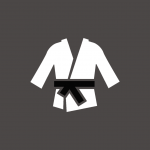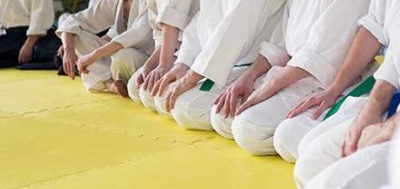
Brazilian Jiu-Jitsu is a full-contact martial art, combat sport and self-defence system rolled into one, with a strong emphasis on grappling and ground fighting techniques.
Brazilian Jiu-Jitsu was created by Helio Gracie in order to provide a smaller or weaker person with the tools to effectively defend themselves against a bigger more powerful opponent.
As highlighted in the formative years of Brazilian Jiu-Jitsu, leverage is key when using BJJ techniques, which have largely been created for fighters when they are on their backs (smaller fighters are often put in this position during an attack).
The main aim of BJJ is to take your opponent to the ground and once there try to escape the ‘guard’ of their opponent. Once this is accomplished the fighter may move to either side to gain control (across the opponent’s chest) or adopt the mount position where they sit on top of the opponent’s chest area. From here they may look to repeatedly strike or attempt to apply a submission hold.
The guard position involves wrapping your legs around your opponent, which in turn limits their movement and this enables the BJJ practioner to fight effectively from this position – on their backs. A number of submission holds can be deployed or they may try to flip their opponent over to regain the advantage.
The techniques that were developed by the Gracie family are continually practiced, tested and refined by current Brazilian Jiu-Jitsu fighters during their free-fighting bouts.
This has led to a change in focus with fighting strategy and a unique set of rules being developed for British Jiu-Jitsu competition.
There are 3 categories of BJJ with each one supporting the others:

The different colour BJJ belts represent the different levels of progression in the sport. There can be different grading systems in place depending on the school or particular style of BJJ, but some of the grades could include:









Most BJJ schools are focused on adult training and self defense.
You don’t need to have any previous experience of the sport. Many BJJ clubs will accept participants who have never who have never tried this or any Martial Arts – in fact, the sport tends to be popular with those who want to try something completely new.
